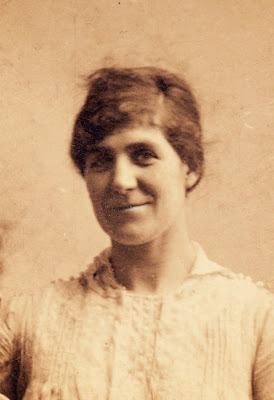The Morpeth Herald newspaper would report on the numerous court proceedings in Northumberland, and the Whitley Petty Sessions often throw up a few surnames in my family. On 27 April 1904 Peter, a grandson of Peter and Mary appeared at the sessions.
__________
Peter Coyle, a New York miner, charged with being drunk at that village on the 2nd inst.,was put into a rather awkward predicament by the Chairman. He pleaded not guilty, and the Chairman said the Bench could grant him an adjournment, but it would only avail him if he could bring stronger evidence than the constable's, to show he was not drunk, but as there seemed to be no doubt about his having made a noise, it would probably only result in the charge being altered, and his making a disturbance when sober might be considered a worse offence than doing so when drunk.
- Defendant said no more, and was fined 12/6 including costs.
__________
A few other Coyles appeared in the newspapers over the years, mostly for gambling and schooling but sometimes for more serious charges like assault.







.jpg)






























